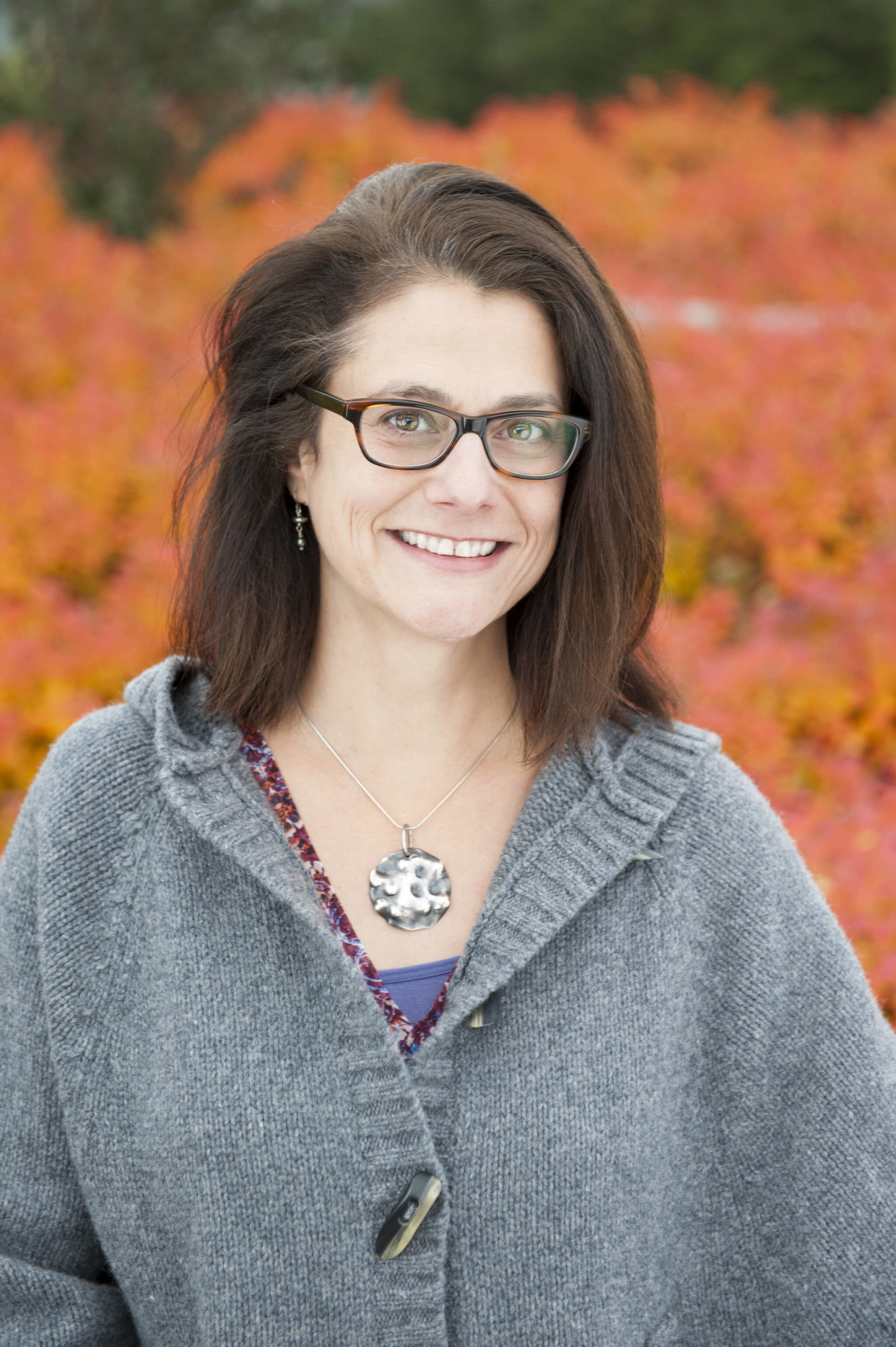By Lora Vess
I first became aware of the risks of nuclear energy years ago when I moved to Flagstaff, Arizona, to attend graduate school at the same time the U.S. Department of Energy was considering storing the nation’s nuclear waste at Yucca Mountain, Nevada. I became active in Flagstaff Opposed to Nuclear Transportation, an organization formed to prevent 90% of the country’s high-level nuclear waste from coming through town by rail or interstate, both of which were within a mile of the city center. Shipping the waste was projected to last 30 years and cross more than 43 states by rail and highway within 1/2 to 2 miles of 52 million Americans. Not only was the safety and viability of the site as a repository for the nation’s high-level nuclear waste and spent nuclear fuel scientifically dubious, but Yucca Mountain is a source of cultural and spiritual importance to the Western Shoshone and Paiute, who never ceded the land in the Treaty of Ruby Valley.
For many of us, myself included, concerns of nuclear development and waste have probably been off our radars since the Fukushima Dai-ichi nuclear power plant disaster in 2011. However, with the invasion of Ukraine and the Russian takeover of Chernobyl (the site of the 1986 horrific nuclear disaster) and hostage-taking of its Ukrainian workers, concerns are once again front and center. Officials report increased radiation at the site. Plutonium and other radionuclides released in the accident are still inside the Chernobyl zone and any fire would release radioactive smoke. Ukraine has four nuclear power plants and 15 reactors, providing about half of the country’s power, all closer to population centers and with more radioactive fuel than at the Chernobyl site. According to Ukraine’s Ministry of Internal Affairs, the Russian military has weapons aimed at one of the power plants. Risks to the workers and sites, especially the cooling towers necessary to prevent a meltdown, are high, even if political analysts are accurate in their predictions that Putin is not likely to use nuclear weapons against Ukraine.
It surprised me to learn that two new reactors are under construction (and well over budget) in Georgia, the first to be built in the U.S. in 30 years, with others being proposed, including a nuclear microreactor by Copper Valley Electric Association which is partnering with the paradoxically named Ultra Safe Nuclear Corporation out of Seattle. President Joe Biden’s infrastructure plan included $6 billion to keep aging nuclear plants in operation and another $2.5 billion for advanced nuclear through the DOE’s Advanced Reactor Demonstration Program. The nuclear industry and its regulators bill nuclear power as clean, efficient and affordable. Some environmentalists favor nuclear power as a way to reduce carbon emissions from fossil fuels. However, radioactive wastes such as uranium mill tailings and spent reactor fuel can remain radioactive and dangerous to human health for thousands of years. This was one of FONT’s critiques of the proposed storage facility at Yucca Mountain. The DOE canceled the project in 2010, but there are still no long-term plans for managing or permanently disposing of high-level waste in the United States.
A January Associated Press survey of the energy policies in all 50 states and the District of Columbia found that about two-thirds say nuclear will help take the place of fossil fuels. Nuclear power is not the panacea for climate change and arguments that nuclear could serve as a transitional energy source are unconvincing given the large amount of energy needed to manufacture the metal and concrete used and the high construction costs of new plants and reactors. In the United States, uranium extraction has taken place primarily on the Colorado Plateau in New Mexico, Colorado, Utah, and Arizona. During the uranium boom of the 1950s to 1980s, 80-90% of uranium extraction occurred on or adjacent to Indigenous lands, with Navajos in New Mexico only hired for the most dangerous positions, leading to increased rates of lung cancer. The legacy of these boom-and-bust mining economies, the unequal mitigation of hazardous sites and the disproportionate burden of environmental contamination and public health impacts from uranium mining and processing clearly illustrate nuclear energy’s failure as sustainable energy source. The threats in Ukraine only serve as current reminders of the dangers.
There are many humanitarian, environmental, and political concerns surrounding the invasion of Ukraine that are beyond the scope of this column and not meant to be minimized by focusing on the nuclear threat. I recognize that much may change in the days between the writing and publication of this column. What won’t change is the unsustainability of war. My heart goes out to the people of Ukraine.
• Lora Vess is an Associate Professor of Sociology at the University of Alaska Southeast and lives in Juneau.. Vess is a member of the University of Alaska Southeast Sustainability Committee. The views expressed here do not necessarily represent the views of the University of Alaska Southeast.

